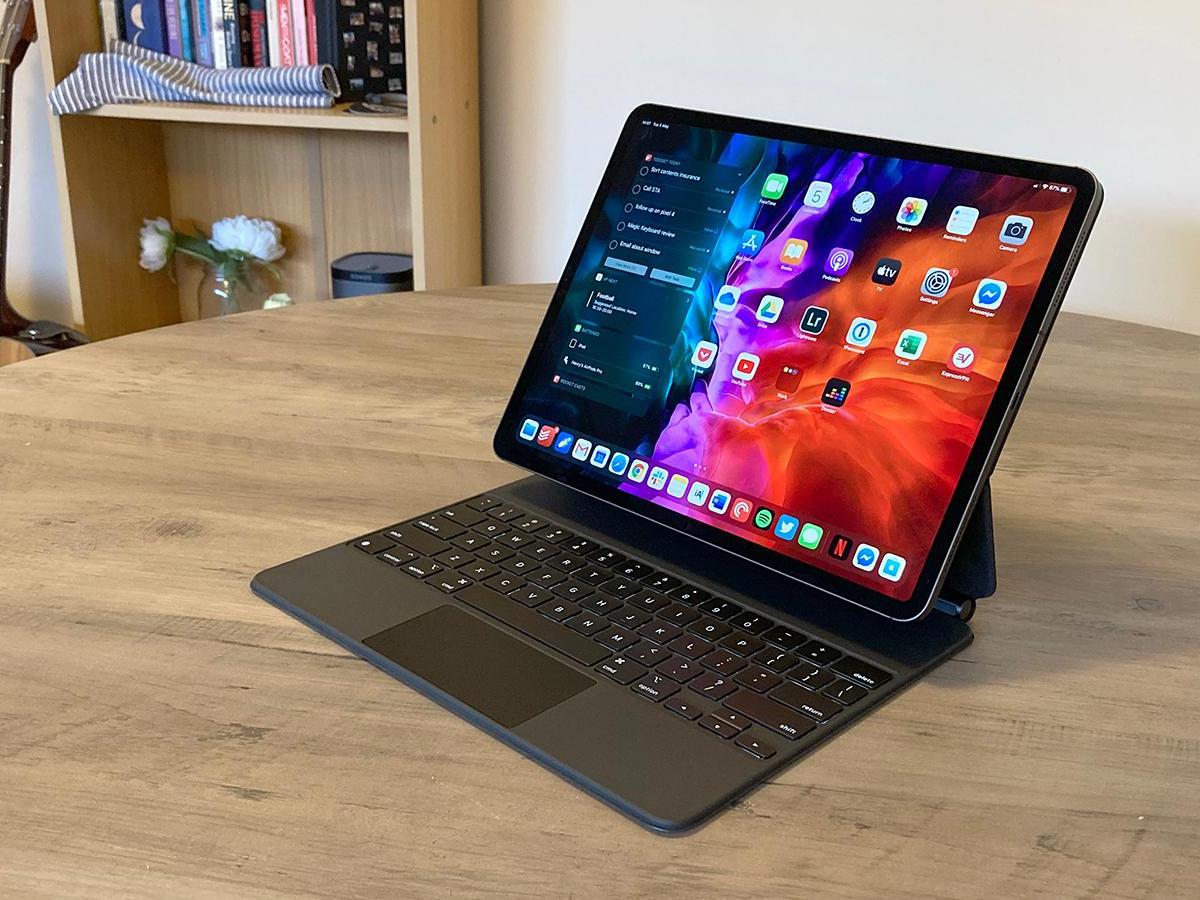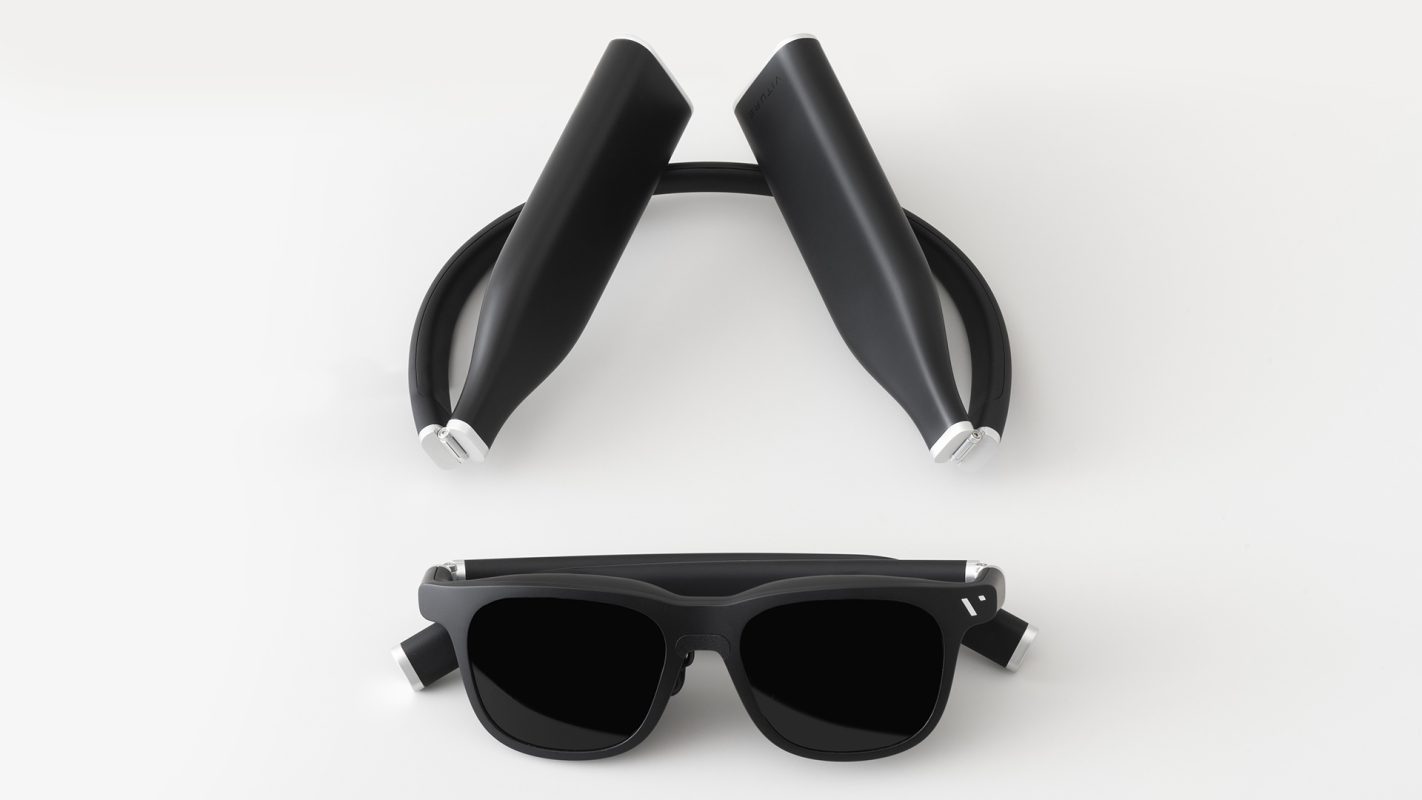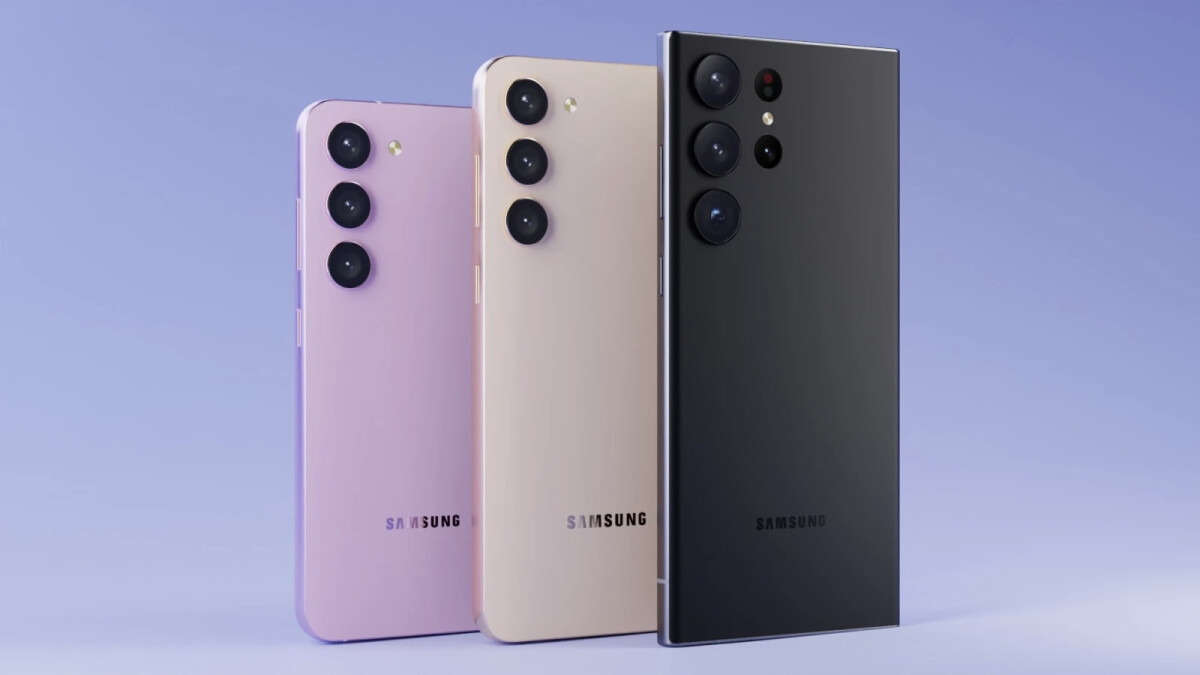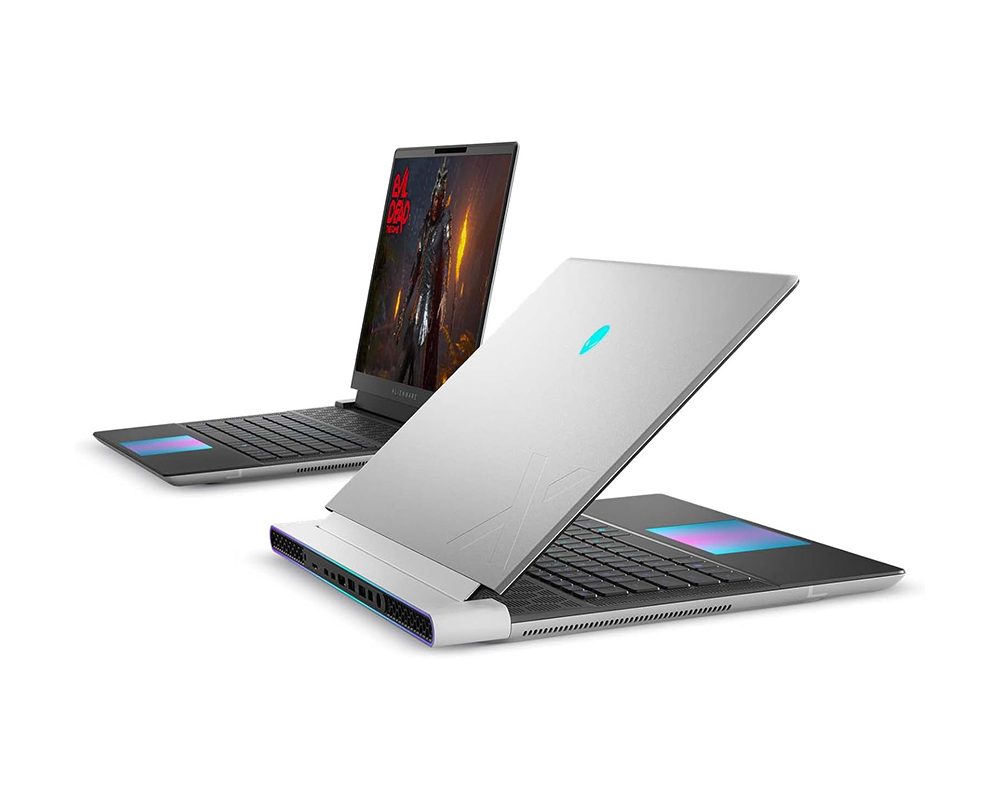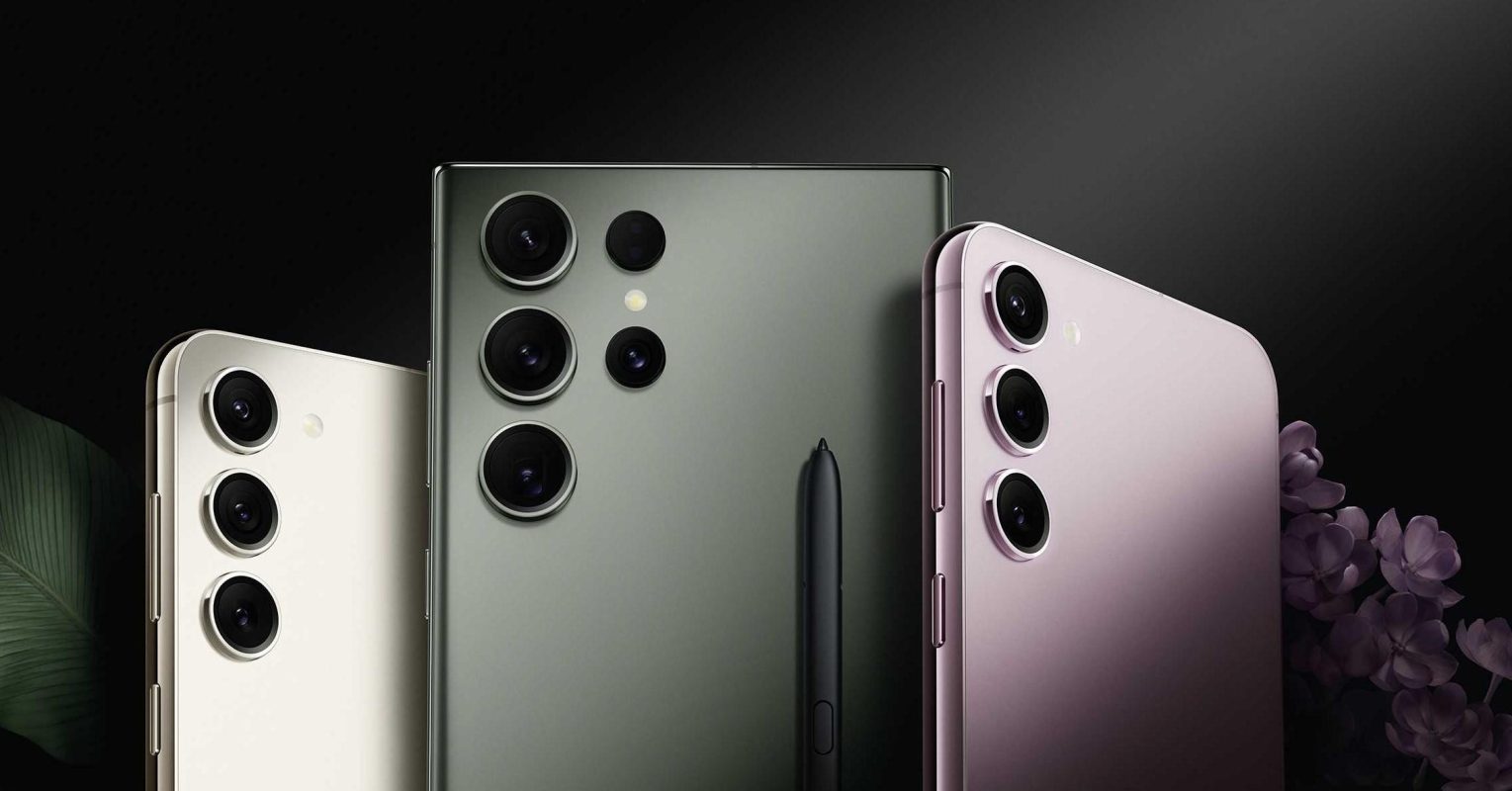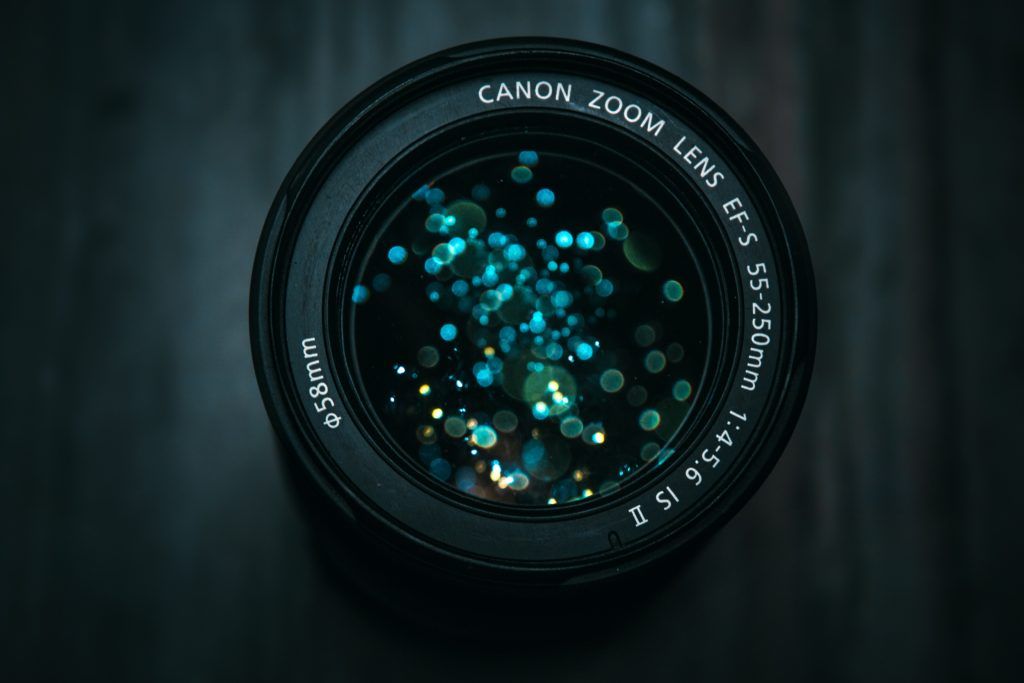
In the realm of capturing breathtaking imagery, the choice of optical equipment plays a crucial role in the quality and expression of the final piece. Each type of glass opens up a unique perspective, allowing photographers to explore their creativity and capture the world in exquisite detail. By experimenting with various alternatives, one can elevate their art to new heights and infuse each shot with personality and flair.
From expansive landscapes to intimate portraits, the right selection can transform ordinary scenes into extraordinary works of art. distinct variety of options offers diverse focal lengths, aperture sizes, and specialized features to suit different styles and preferences. Whether you’re drawn to vivid colors or the subtleties of light and shadow, understanding the unique characteristics of available choices can greatly enhance your visual storytelling.
As we delve into this curated selection, you’ll discover a range of inspiring options that cater to multiple genres and techniques. Embrace the journey of exploration and find the perfect fit to unlock your artistic potential. With the right tools at your disposal, the possibilities in your visual endeavors become limitless.
Best Prime Lenses for Micro Four Thirds
When seeking optical tools that excel in delivering exceptional image quality and creativity, prime solutions stand out impressively. These fixed focal length options offer unparalleled sharpness and depth, enhancing every frame with remarkable detail. Their simplicity and bright apertures often allow for effortless low-light performance and beautiful bokeh, making them a favorite among enthusiasts and professionals alike.
One notable contender in this realm is the 25mm model, which mirrors the classic focal length of a 50mm in traditional formats. It’s perfect for portraiture and street scenes, providing a natural perspective that closely resembles human vision. Another remarkable choice is the 45mm variant, ideal for close-ups, delivering striking portraits with a pleasing separation from the background.
The 15mm option brings a wider angle to the table, making it perfect for capturing expansive landscapes and architectural wonders. Its compact design and exceptional quality ensure that photographers can achieve captivating results without the bulk. Additionally, the 17mm piece is a fantastic all-rounder, versatile enough for various scenarios while maintaining excellent optical performance.
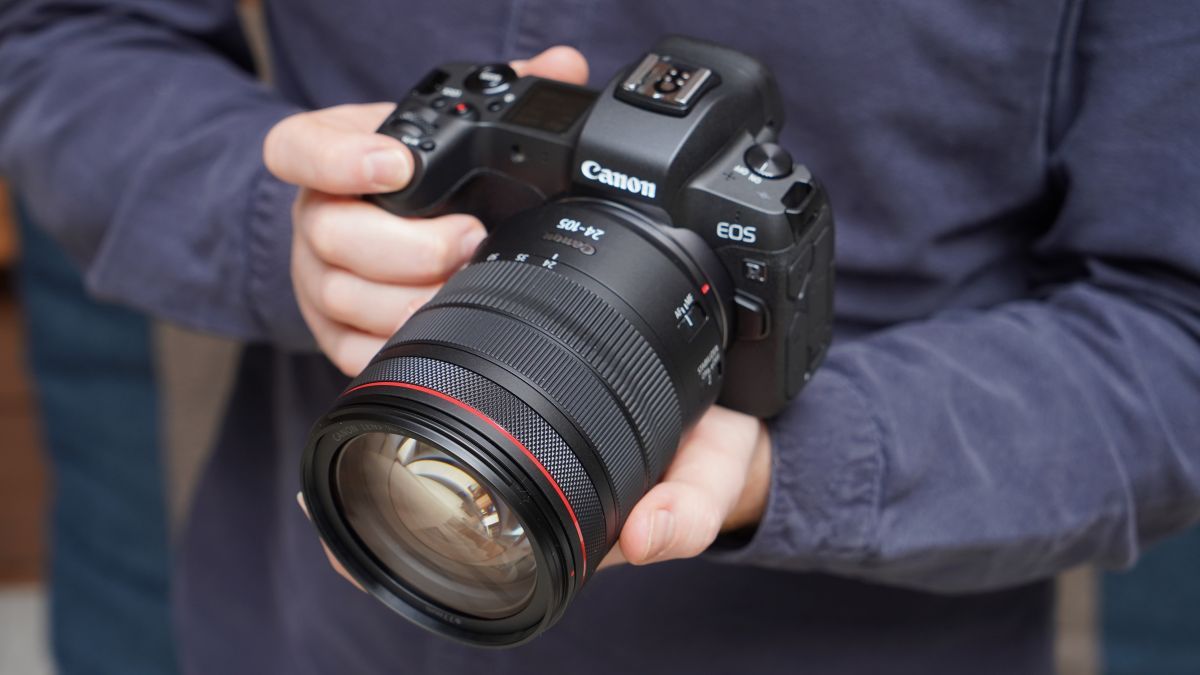
Lastly, any serious creator should consider incorporating a macro element into their toolkit. A specialized macro variant allows for detailed close-up work, revealing the intricacies often overlooked by the naked eye. With such a diverse selection available, these fixed focal length models provide a foundation for exploring different styles and techniques in visual storytelling.
Versatile Zoom Options for Every Photographer
Having a flexible zoom option in your toolkit can significantly enhance your capturing experience, enabling you to adapt to various shooting scenarios with ease. Such options open a world of creative possibilities, allowing you to seamlessly transition between wide-angle shots and close-ups without the hassle of changing equipment. This adaptability makes them an invaluable asset for both beginners and seasoned shooters alike.
All-in-One Solutions
One of the most appealing aspects of versatile zoom selections is their ability to cover a broad range of focal lengths, providing an all-in-one solution for various styles of capture. With a single piece of gear, you can venture from landscapes to portraits, retaining excellent image quality throughout. This convenience not only lightens your gear load but also allows for spontaneous shooting without the need to fumble with multiple components.
Creativity at Your Fingertips
The dynamic nature of zoom options encourages photographers to experiment with composition and perspective. With the ability to easily adjust framing, you can discover unique angles and achieve artistic effects that might be challenging with fixed focal length alternatives. They invite expression, allowing for quick adaptations in dynamic environments, ensuring that the perfect moment is never missed.
Lightweight Lenses for Travel Photography
When venturing into new locations, carrying equipment that is both compact and efficient is crucial for capturing the essence of your journey. Opting for optical tools that are lightweight can significantly enhance your experience, allowing for spontaneous moments without the burden of heavy gear.
Portability is essential when you’re always on the move. Selecting options that are designed for easy transport means you can focus on your surroundings rather than your bag’s weight. This approach encourages creativity and helps to seize fleeting opportunities that might present themselves in unexpected places.
Another factor to consider is versatility. Seeking out options that offer a broad focal range can eliminate the need to switch between different pieces of equipment, simplifying your setup while ensuring you remain ready to capture a wide variety of scenes. Such flexibility is particularly beneficial when traversing diverse landscapes or exploring bustling urban environments.
Additionally, many of these options are engineered with high-quality optics that provide impressive sharpness and clarity, further enhancing the visual appeal of your images. Their lightweight nature does not compromise performance, ensuring that even while you are traveling, you can produce photographs that radiate vibrancy and detail.
Lastly, the ergonomics of these tools often accommodate extended use, making them comfortable to handle throughout long hours of exploration. With a focus on ease of use, you’ll find that capturing the beauty around you becomes an enjoyable part of your adventure rather than a chore.
Specialty Lenses for Unique Perspectives
When it comes to capturing breathtaking visuals, some optics stand out by offering perspectives that challenge conventional boundaries. These tools provide opportunities to explore creativity and see the world through a fresh lens. By utilizing distinct designs and functionalities, such alternatives can transform ordinary scenes into extraordinary compositions.
Fisheye options offer a captivating distortion that can turn landscapes into surreal vistas. By embracing extreme wide angles, they invite viewers into a world where curvature reigns, enabling striking images that defy reality.
Macro variants excel in revealing the minute details often overlooked by the naked eye. These close-focusing marvels allow enthusiasts to immerse themselves in the intricate beauty of nature, showcasing every texture and color in rich detail.
Another fascinating choice is the tilt-shift glass, which allows for unique perspectives that can mimic miniature effects or correct perspective distortions in architectural shots. This versatility opens up endless avenues for creative expression, making it a favorite among artists and professionals alike.
Lastly, best-in-class specialty options like soft-focus or infrared provide distinctive approaches to image creation, further expanding the horizons of visual storytelling. Embracing these variants can elevate your creative journey, offering ways to engage your audience in mesmerizing and thought-provoking ways.
Highly Rated Portrait Lenses Reviewed
Capturing the essence of a subject requires optical tools that excel in rendering fine details and creating a captivating atmosphere. This section delves into several exceptional options available, ideal for portrait enthusiasts seeking to elevate their creative expression. Each choice is curated based on user experiences and critical acclaim, ensuring that the qualities most desired in portraiture are thoroughly addressed.
Key Features to Consider
| Lens Model | Focal Length | Max Aperture | Special Features |
|---|---|---|---|
| Portrait Pro 45mm | 45mm | f/1.8 | Fast autofocus, compact design |
| Artistic Vision 75mm | 75mm | f/1.2 | Exceptional bokeh, metallic finish |
| Classic 25mm Prime | 25mm | f/2.4 | Lightweight, versatile |
User Feedback & Recommendations
Users consistently praise these selections for their ability to create beautifully blurred backgrounds, allowing subjects to stand out with remarkable clarity. The feedback highlights the importance of aperture size and focal length, influencing how effectively the conversation of space and form is captured. The combination of quality optics and user-friendly designs makes these options highly regarded within the community.
Macro Lenses for Close-Up Masterpieces
Exploring the intricate details of the world around us can open a whole new dimension of artistry. When it comes to capturing the elegance of small subjects, specific optics shine brilliantly. These specialized tools allow you to reveal textures, colors, and forms that often go unnoticed by the naked eye. With the right choices, you can transform everyday elements into breathtaking art pieces.
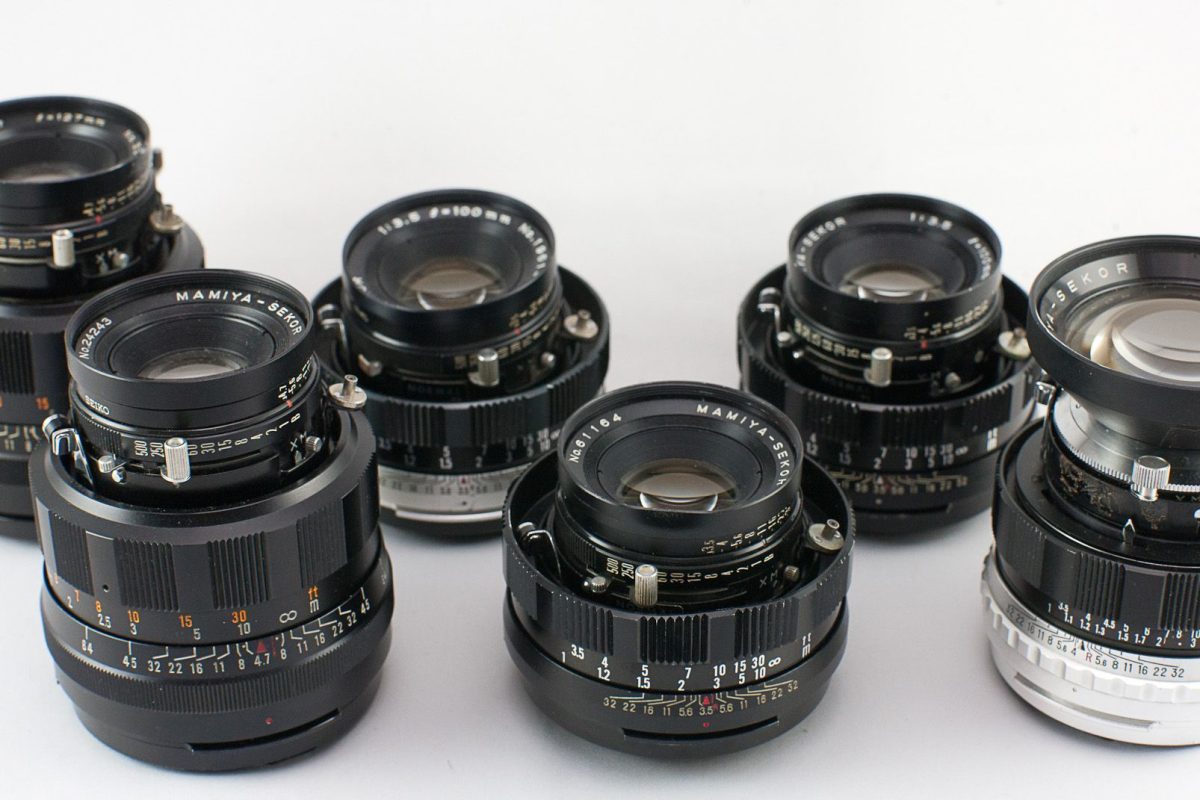
The Art of Close-Up Imagery
Creating mesmerizing close-up images involves not just the ability to focus on minute details, but also an understanding of light and composition. Utilizing dedicated equipment designed for tight compositions enhances your creative potential. These options come equipped with features that facilitate precision in focusing, enabling captivating results that evoke emotion and draw the viewer in.
When engaging in this style of visual expression, experimenting is key. Different models offer unique characteristics, such as varying levels of magnification and unique bokeh effects. Consider your subject matter–whether it’s delicate petals, intricate insects, or textured surfaces–and select your apparatus accordingly. With the right gear in hand, you’ll soon find yourself crafting captivating close-ups that reflect your artistic vision.
Q&A: Best micro four thirds lenses
What are the advantages of using Micro Four Thirds lenses for photography?
Micro Four Thirds lenses offer several advantages for photographers. Firstly, they are typically smaller and lighter than their full-frame counterparts, making them ideal for travel and street photography. Additionally, the Micro Four Thirds system has a crop factor of 2x, which allows for greater versatility in focal lengths, particularly beneficial for wildlife and telephoto photography. Many Micro Four Thirds lenses also have fast apertures, providing creative options for depth of field and low-light performance. Overall, the system combines convenience with high image quality, appealing to photographers of all levels.
Which Micro Four Thirds lens is best for beginners?
For beginners, the Panasonic Lumix G 14-42mm f/3.5-5.6 II ASPH. is an excellent choice. This lens is versatile, offering a focal length range that covers wide-angle to modest telephoto, making it suitable for various types of photography such as landscapes, portraits, and street photography. Its lightweight design also complements the compact nature of Micro Four Thirds cameras, ensuring it’s easy to carry. Additionally, it features image stabilization, which helps reduce camera shake when shooting at slower shutter speeds, enhancing the overall shooting experience for newcomers to photography.
How do I choose the best Micro Four Thirds lens for portrait photography?
When selecting the best Micro Four Thirds lens for portrait photography, look for lenses with a focal length between 25mm to 45mm (equivalent to 50mm to 90mm in full-frame terms) for flattering perspective and subject isolation. A lens with a wide maximum aperture, such as f/1.8 or f/1.2, is ideal for achieving a beautiful bokeh effect and allowing more light for low-light situations. A great option is the Olympus M.Zuiko Digital 45mm f/1.8, which is well-regarded for its sharpness, compact design, and excellent performance for portraiture. Additionally, consider features like image stabilization if you plan to shoot handheld.
Are there any Micro Four Thirds lenses suitable for macro photography?
Yes, there are excellent Micro Four Thirds lenses specifically designed for macro photography. One highly recommended lens is the Olympus M.Zuiko Digital 60mm f/2.8 Macro. This lens provides a 1:1 magnification ratio, allowing you to capture intricate details of small subjects like flowers and insects. Its bright aperture enables good performance in various lighting conditions and creates a lovely background blur. Additionally, the lens is weather-sealed, making it a great option for outdoor macro shooting in different environments. When choosing a macro lens, consider factors like working distance and build quality to ensure it meets your photography needs.
What features should I consider when buying a Micro Four Thirds lens?
When buying a Micro Four Thirds lens, consider the following features: first, the focal length, which determines the type of photography you can engage in (wide-angle, standard, telephoto). Next, look at the maximum aperture, as a wider aperture allows for better low-light performance and depth-of-field control. Additionally, consider whether the lens has features like image stabilization, which can enhance sharpness, especially in low-light conditions. Build quality and weather sealing are also important if you plan to shoot outdoors. Lastly, read reviews to gauge image sharpness, color rendition, and overall performance to ensure the lens fits your specific photographic needs.
What makes the Panasonic Leica DG Vario-Elmarit 35-100mm f2.8 lens a great choice for wildlife photography?
The Panasonic Leica DG Vario-Elmarit 35-100mm f2.8 lens is a favorite lens for wildlife photography because of its versatile zoom range and excellent performance in low light. With a constant f2.8 aperture throughout the zoom range, this lens delivers bright, clear images, ideal for capturing wildlife in various lighting conditions. Its compact lens design and micro four thirds mount make it easy to use on mirrorless camera bodies, allowing photographers to shoot comfortably for extended periods.
How does the Olympus 40-150mm f2.8 compare to other telephoto lenses for landscape and nature photography?
The Olympus 40-150mm f2.8 lens stands out as a pro lens for landscape and nature photography due to its wide telephoto zoom range and high-quality optics. This telephoto lens provides sharp images with minimal chromatic aberration, and its f2.8 aperture allows for beautiful, shallow depth of field effects, even in low light. This lens is also compatible with micro four thirds bodies, making it lightweight and convenient for outdoor shooting compared to full frame options.
Why is the Panasonic Leica DG 42.5mm f1.8 lens ideal for portrait photography on mirrorless cameras?
The Panasonic Leica DG 42.5mm f1.8 lens is considered ideal for portrait photography thanks to its shallow depth of field and focal length, which produces flattering perspectives. This prime lens provides excellent subject isolation with a beautifully blurred background, making portraits stand out. Additionally, the f1.8 aperture allows for great low-light performance, while the lens is compact and easy to handle, especially on micro four thirds mirrorless camera bodies.
What are the advantages of using a wide-angle zoom lens like the Leica DG Vario-Elmarit for landscape photography?
The Leica DG Vario-Elmarit wide-angle zoom lens is perfect for landscape photography due to its flexible zoom range and edge-to-edge sharpness. This lens allows photographers to capture expansive scenes with stunning clarity, which is especially beneficial when shooting large landscapes. With the Panasonic micro four thirds system, this lens is also relatively lightweight and compact, making it easy to carry on hikes or outdoor adventures. The high-quality glass minimizes chromatic aberration, providing clean, vibrant images.
How does the compact design of Panasonic micro four thirds lenses benefit photographers who often change lenses?
Panasonic micro four thirds lenses are compact and lightweight, making it easy for photographers to change lenses without adding bulk to their setup. This is especially useful for those who carry multiple lenses, such as a wide-angle lens and a telephoto zoom lens, during a single shoot. These lenses are small enough to pack easily, and the micro four thirds mount allows quick swapping on compatible mirrorless cameras, giving photographers greater flexibility in capturing different perspectives.
